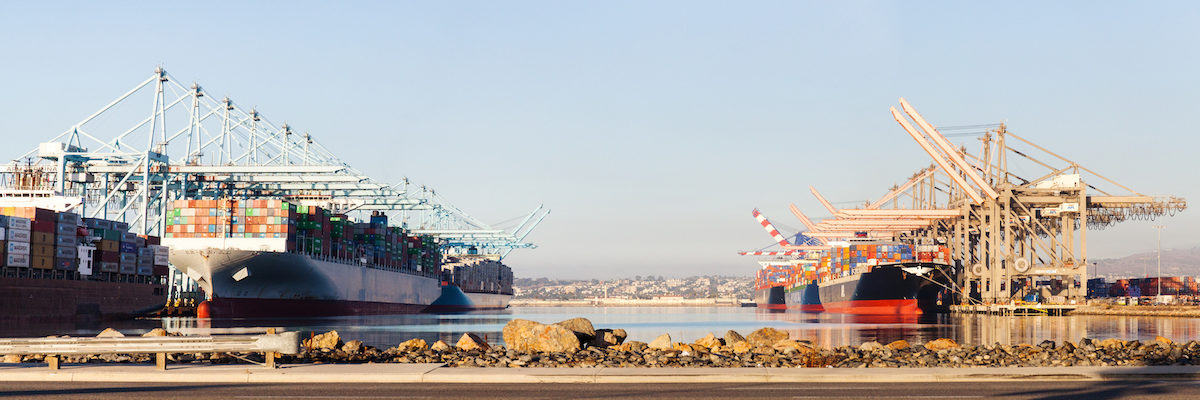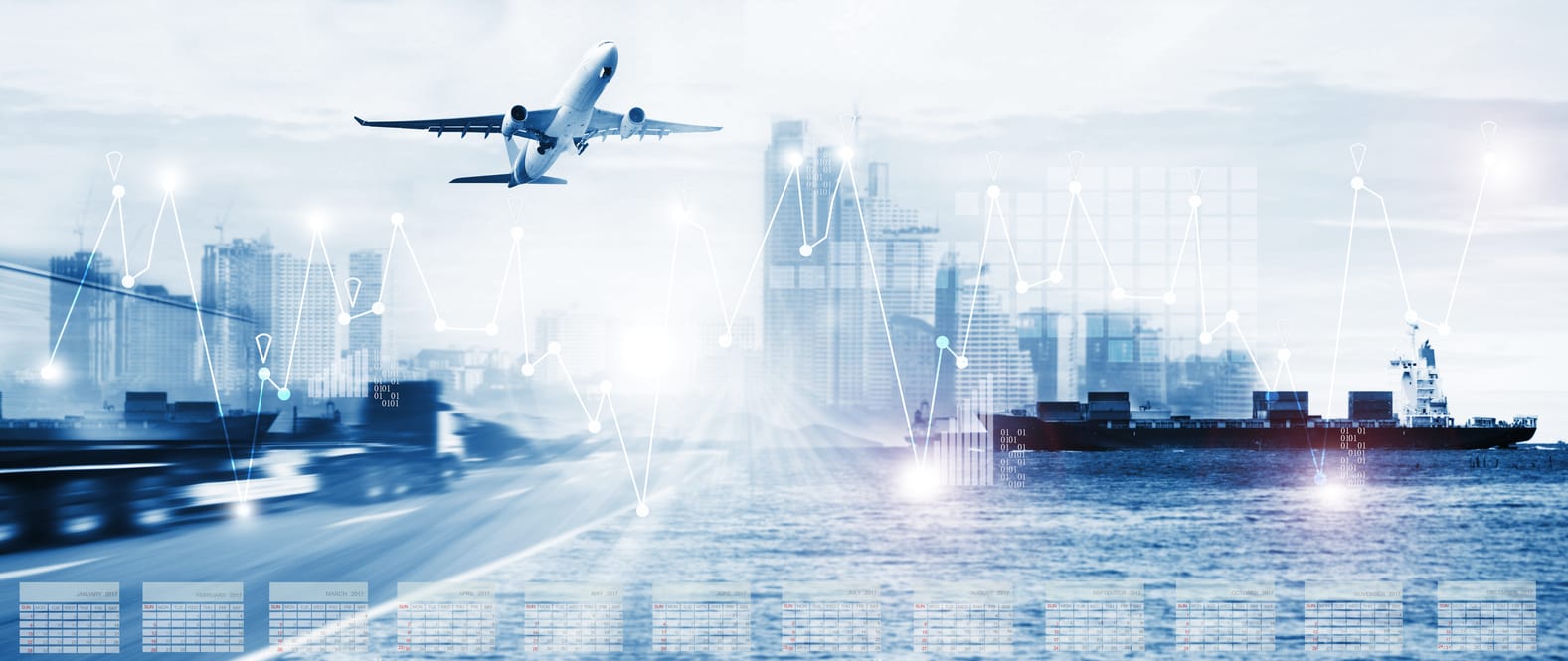
The congestion that shippers are experiencing right now on the eastbound transpacific is a direct consequence of actions taken by the steamship lines throughout 2020 as they tried to manage demand and capacity through the pandemic. Unfortunately for both shippers and those same carriers, the situation has reached a critical mass that is impacting importers and exporters alike.
Everglory is working with steamship lines, terminals and railroads to do whatever is possible to keep cargo moving and fluid. We are relying on our customers to be fully transparent with their supply chains so we may work together to identify critical shipments, must-move shipments and make suggestions when we believe that cargo should change to another mode of transport such as air in order to meet customer-imposed deadlines.
Blanked sailings
When cargo volumes plummeted post Lunar New Year and in the months following, carriers correspondingly “blanked sailings”. A blanked sailing is when a regular weekly service or port call is skipped removing tens of thousands of TEU of capacity. As factories returned to work in Asia, the blanked sailings did two things. First, these skipped calls meant that empty containers were not returned to Asia to be loaded with manufactured goods destined for the USA. Secondly, the speed with which manufacturing resumed outstripped the planned blanked sailings and carriers were left scrambling to try to put ships back on schedules fast enough.
Equipment shortages
The inability to return empty containers means that shippers are experiencing critical shortages of equipment throughout Asia. With container manufacturing companies booked through February of next year, there is a reliance on boxes returned from the US and European markets to immediately turn around.
Everglory is recommending that in light of the serious shortages of 40′ and 40’HC equipment, customers should be prepared to have flexibility to opt for a smaller or larger container based on availability. The importance is securing not just a booking but the equipment as well. The earlier we know of a booking, the earlier we can protect both when the shipment is ready.
Rates sailed skyward but have since leveled off
Estimates by monitoring entities such as Drewry and the Freightos Baltic Index showed that by September, rates on the eastbound transpacific essentially doubled from where they had bottomed out in March. The rate spike seemingly stopped with China’s Ministry of Transport and the Federal Maritime Commission announced their intention to investigate the seemingly endless series of increases.
The trade deficit and port TEU volumes hit record levels in August
The US government’s trade deficit in August hit the largest level in fourteen years, and the ports of Los Angeles and Long Beach – the first and fastest ports of entry for most consumer and e-Commerce goods from Asia – saw record TEU volumes that exceeded even 2019 levels. All this in spite of the Section 301 duties which have been crushing importers buying from China.
Terminal congestion leading to rail, chassis, appointment woes
Today, those volumes that are continuing to drive even higher are catching up with a lack of real estate for ports to manage vessel arrivals, railroads not positioning empty flat cars to clear intermodal backlogs and local truckers unable to schedule appointments which in turn means longer utilization and slower turns of chassis (wheels) those containers are mounted on.
The end is still far away
Estimates that we have seen in trade publications that we monitor indicate that these volumes will continue through Lunar New Year, 2021, which will be in mid-February. At Everglory, we are counseling customers to evaluate other ports and routes, such as the PNW, western Canada or all water to the USEC, where possible. We are also working with carriers who offer a limited number of guaranteed slots on their vessels to secure those at the premium prices they are demanding.
As we have seen with the move to e-Commerce that is rapidly underway – including a forecast that the US is hitting e-Commerce levels over the past six months that were not forecast for another decade – space remains in high demand. At Everglory, working with our carriers and representatives at origin, we are focused on delivering for our customers’ supply chains. Contact your Everglory representative to learn more.







